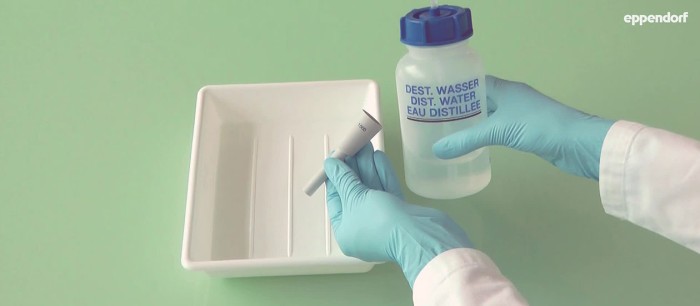-
-
-
-
- Forum Labo 2025
- Advanced Therapies Week (ATW) 2025
- SLAS Europe 2025
- Bioprocessing Summit Europe 2025
- Medlab Middle East 2025
- SLAS International 2025
- Biologics World Nordics 2025
- ASIA LABEX: The Lab Show 2025
- BioProcess International Europe 2025
- ISEV 2025
- Future Labs Live 2025
- Cell 2025
- ASIA LABEX: The Lab Show 2025
-
-
-
-
- Forum Labo 2025
- Advanced Therapies Week (ATW) 2025
- SLAS Europe 2025
- Bioprocessing Summit Europe 2025
- Medlab Middle East 2025
- SLAS International 2025
- Biologics World Nordics 2025
- ASIA LABEX: The Lab Show 2025
- BioProcess International Europe 2025
- ISEV 2025
- Future Labs Live 2025
- Cell 2025
- ASIA LABEX: The Lab Show 2025
-
- All Pipettes, Dispensers & Automated Liquid Handlers
- Mechanical Pipettes
- Electronic Pipettes
- Multi-Channel Pipettes
- Positive Displacement Pipettes & Dispensers
- Automated Pipetting
- Bottle-Top Dispensers
- Pipette Controllers
- Pipette Tips
- Automation Consumables
- Dispenser & Pipette Accessories
- Automation Accessories
- Dispenser & Pipette Services
You are about to leave this site.
Please be aware that your current cart is not saved yet and cannot be restored on the new site nor when you come back. If you want to save your cart please login in into your account.

Cleaning Pipettes Can Protect Your Sample
Lab Academy
- Biotechnology
- Maintenance & Calibration
- Pipetting & Dispensing
- Dispensers
- Essay
No matter whether you use manual or electronic pipettes, both can get contaminated and dirty from all the different liquids and solutions they are exposed to. Common contamination points are the outside of the pipette as well as the inside of the lower part. A pipette should be cleaned regularly to guarantee contamination-free working and sample safety.
The worst contamination scenario is when solutions enter the pipette cone inside the pipette. This can happen when more liquid is aspirated than the tip volume allows. It is also possible that the pipette is placed onto a table or turned upside down with a filled pipette tip causing the liquid to flow into the pipette cone. Another huge problem can be the formation of aerosols. These are tiny liquid drops evaporating naturally from each liquid containing contamination such as virus, DNA, RNA or bacteria. These liquid drops rise into the pipette cone. Inner contaminations of the pipette can lead to cross-contamination of multiple samples ruining entire applications. Pipette tips containing a filter can prevent aerosols from entering the pipette cone. And special blocking filters made of swelling material block the tip when the filter comes in contact with liquids.
Nevertheless, apart from all preventive procedures such as filter tips and careful handling, once the pipette is contaminated it needs to be cleaned. This is perfectly done by a professional service. But many things can be done in your own lab if the pipette fulfills some requirements. Pipettes should be cleaned regularly to make sure that hidden contamination is removed. Therefore, the lower part of pipettes should be removable. This is especially important when using electronic pipettes, as this is no standard yet. The lower part of electronic pipettes should be easily removable and cleanable. A removable lower part enables rinsing on the inside and thorough cleaning of the whole pipette. The pipette should be resistant to common cleaning agents and DNA/RNA cleaning solutions to make sure the pipette can be wiped from the outside and rinsed on the inside. Most contamination can be removed by wiping and rinsing. If sterility is an issue, choose a pipette that can be autoclaved without dismounting to simplify pipette maintenance. When using Eppendorf electronic pipettes, the lower part is removable and autoclavable to inactivate microorganisms that entered the pipette cone.
Proper cleaning of our pipettes can be seen in short pipette cleaning tutorials:
Read more
Read less
Videos not loading, because cookies have been rejected. Change your

Read more
Read less
Videos not loading, because cookies have been rejected. Change your

Read more
Read less
Related links
Read more
Read less
